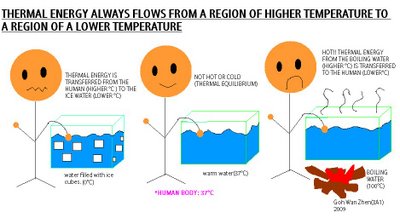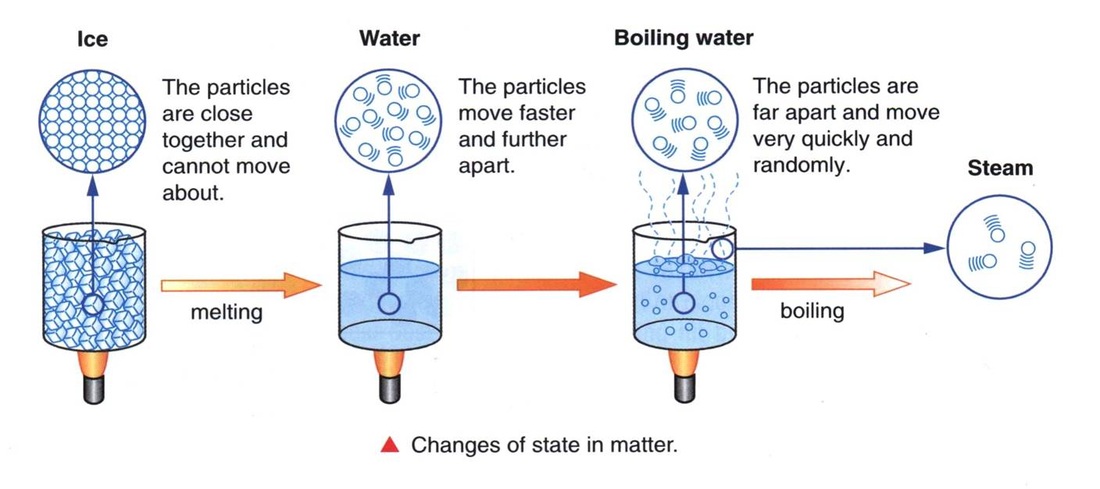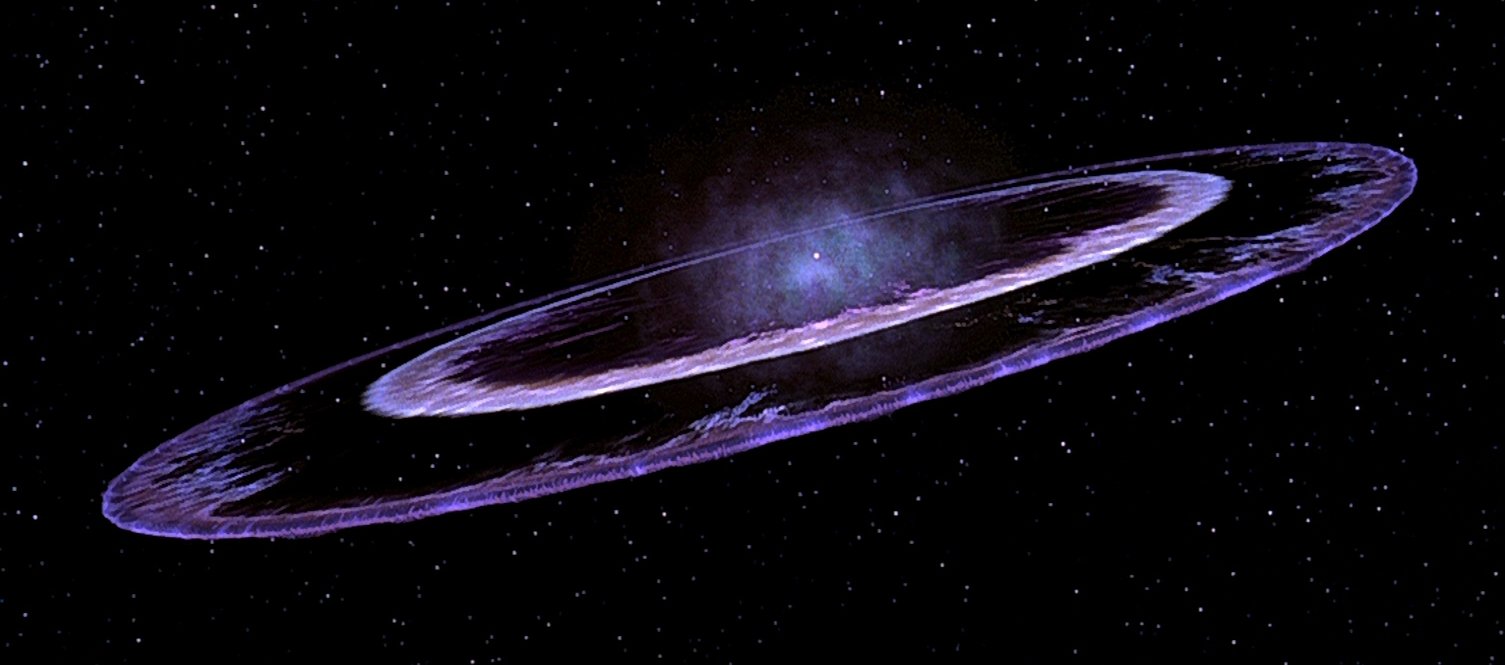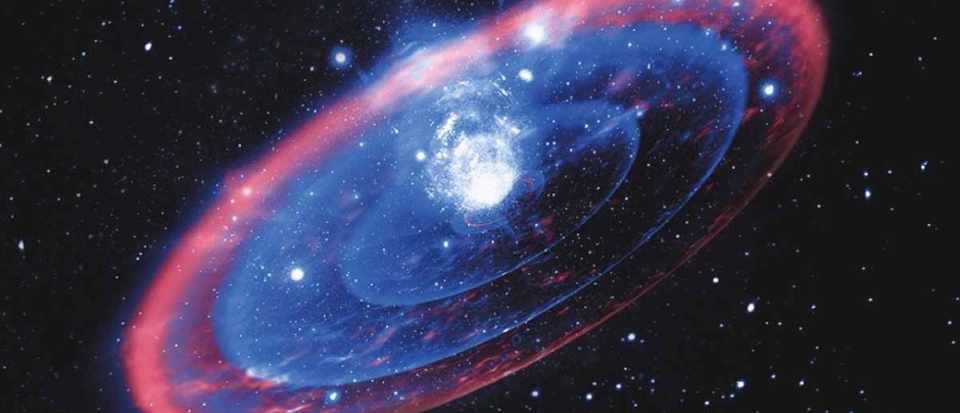
Astronomers have discovered that the clouds of gas and dust—the interstellar medium (ISM)—found between the stars are made of the same materials as the stars themselves. In fact, hydrogen is the most common element in both stars and the ISM, followed closely by helium.
But it would be more accurate to say that stars are made of the same material as the ISM, not the other way around.
This is because all of the stars formed out of material in the ISM at some point millions to hundreds of billions of years ago. And when they die, they return that material—what’s left of it—to the ISM.
Specifically, stars form out of the giant molecular clouds (GMCs) of the ISM. But how?

If you’ve been keeping up with my posts on the ISM, you’re probably pretty familiar with this image by now. These are the “Pillars of Creation,” one such GMC that is currently forming stars. The bright stars next to the largest “pillar” formed inside this cloud and eventually blew their cocoons of dust away.
So…exactly how massive are these GMCs?
Pretty massive. They’re typically around 50 pc (163.078 light-years) in diameter and can contain over 1,000,000 solar masses. (A solar mass is a unit of measurement that compares objects to the sun—1 solar mass is the mass of the sun.)
GMCs are plenty massive enough to make new stars. But in order for star birth to begin, GMCs need to compress together a bit.
They’re very cold and dense clouds, cold and dense enough for molecules to form (this will be necessary later for planet formation), but they’re not quite dense enough for gravity to take over and pull the core of a star together. And they’re way too cold for stars to ignite and burn hot.

GMCs aren’t uniform, however. They have pockets of material that’s more dense than usual scattered about. All they need is to be compressed enough to trigger gravitational collapse of those dense pockets. But the problem is…there’s a few things stopping them.
For one thing…cold doesn’t mean absolutely frigid. Absolute zero, the temperature at which there is no thermal energy whatsoever, is purely theoretical and not thought to exist in the universe. And stuff that has thermal energy moves around a bit.
Wait a second. What the heck is thermal energy?
Thus far on this blog, I’ve described temperature, heat, and thermal energy as generally the same thing, but this is inaccurate.
Temperature describes the average motion of the particles within a substance.
Thermal energy is the total energy of all the moving particles within a substance.
Heat is the thermal energy that moves from a hot object to a cool object.

In this cartoon, a person sticks his hand into a bucket of ice water. Thermal energy from the person’s body is transferred to the ice water, becoming heat. If the person sticks his hand into a bucket of lukewarm water, there is no energy transfer—there is instead thermal equilibrium. And if a person sticks his hand into a bucket of boiling water, energy from the water is transferred to his body—as heat—and burns his hand.
And remember, there is a difference between temperature and thermal energy—temperature is an average of the motion of all the particles, and energy is a total of the motion of all the particles.
Motion of the particles? What does that even mean?

Here’s an example. By particles, we’re referring to atoms and molecules, the building blocks of the universe. Basically, atoms are like Lego bricks in a Lego world—they are the basis of everything. They are also like the alphabet in a language.
In a cold substance, the atoms—we’ll continue to refer to them as particles—are close together and, in the case of water ice, actually locked together in a crystal lattice. If that same substance is heated to a liquid, the particles begin to move around faster and more freely, and are spread out. If the substance is then heated to a gas, the particles are very far apart and move very quickly and randomly.
So, to recap, the thermal energy is the collective motion of all the particles. No particle left behind! It would be like finding a class’s collective test score—by adding together the scores of all the students, instead of averaging them.
And the temperature, of course, is the average of all the particles. Basically like taking the class average, the way we normally do.
Heat is what happens when two substances of different thermal energies encounter one another. They try to seek out thermal equilibrium, and one transfers thermal energy to the other. The particles in the one that was hotter settle down a bit, and the particles in the one that was colder get more energized.
Anyway. Enough on thermal whatnot. What does all this mean for a molecular cloud?
Well, like I was saying before, the GMC has some thermal energy, so the particles are moving around a bit—at about 0.33 km/s, or 740 mph. Yeah…told you these clouds are not frigid.
If a particle were to rush by you at 740 mph, do you think you’d be able to catch it?
That’s one thing working against star formation. Gravity has to overcome the thermal energy of the cloud.
There’s yet another problem working against star formation. The ISM is filled with a magnetic field. It’s only about one ten thousandth as strong as Earth’s magnetic field, but it’s still strong enough to act as kind of an internal spring.
Imagine if you and a friend held two ends of a long, stiff, extended spring. How easy would it be to compress it and come near each other?
Pretty hard.
And there’s more…
For one thing, everything in the universe rotates, including GMCs. And if a gas cloud begins to contract, it rotates faster, for the same reason a spinning ice skater draws their arms in closer to their body. This rotation can become so rapid that it resists further contraction of the cloud.
And for another thing…as stable and balanced as the interstellar medium is, it is not static, and turbulence—often caused by winds of gas from nearby stars—can prevent a cloud from contracting.
Wow. With all of those problems added up, I’m starting to wonder how stars ever manage to form.
But somehow they do…
I mentioned in my previous post that star formation in GMCs can be triggered by shock waves (sometimes just called a shock). These are the astronomical equivalent of a sonic boom.

Here’s a shock wave that was caused when the star Praxis exploded in Star Trek. But because I’m guessing you want an example that’s not an artistic conception, here’s an actual observed shock wave in the universe.

Not too different, huh? Good job, Star Trek.
Anyway, a number of events can cause shock waves, including supernova explosions, the ignition of very hot stars, and even the strong winds and jets that many new stars of all types emit as they form. I’ll talk about all of these in upcoming posts.
GMCs don’t necessarily need a shock wave to trigger star formation, either. They are large, and thus very likely to run into one another. Imagine if all of Earth’s cities lifted off the ground and started moving across Earth’s surface. How long do you imagine it would be before a few of them bumped into one another?
If two GMCs collided, denser regions within both clouds would likely be compressed, and star formation could begin.
There is yet another way star formation can be triggered. Have you ever seen an image of the Milky Way Galaxy?

If you look up the kind of stuff that would lead you to my blog, I’m going to guess that you have seen an image like this. But I want to clarify something. We’ve barely managed to send spacecraft beyond our own solar system—we have yet to breach our galaxy’s outer bounds. Any images of the Milky Way Galaxy are an artist’s conception of our cosmic home, based on evidence we can obtain from our place within it.
But let’s take a closer look at this galaxy. Astronomers have a lot of confidence in their theories of our galaxy’s shape, and we’re pretty sure it’s a “barred spiral.” That just means a spiral galaxy with a bar-shaped central bulge, rather than a more spherical one.
How did the spiral “arms” of our galaxy form—and why? What are they?
These are questions I’ll answer in much later posts. But theory and observation suggest that they are in fact shock waves that travel around the disk of the galaxy like the moving hands of a clock.
So what do you think happens if a GMC happens to pass through one of them?
That’s right. Compression…and star formation.
As you can see, there are a number of factors running against star formation, but there is an almost equal number of common processes that can trigger it. As a result, star formation is actually quite common. And I’ll discuss exactly how that happens in my next few posts.